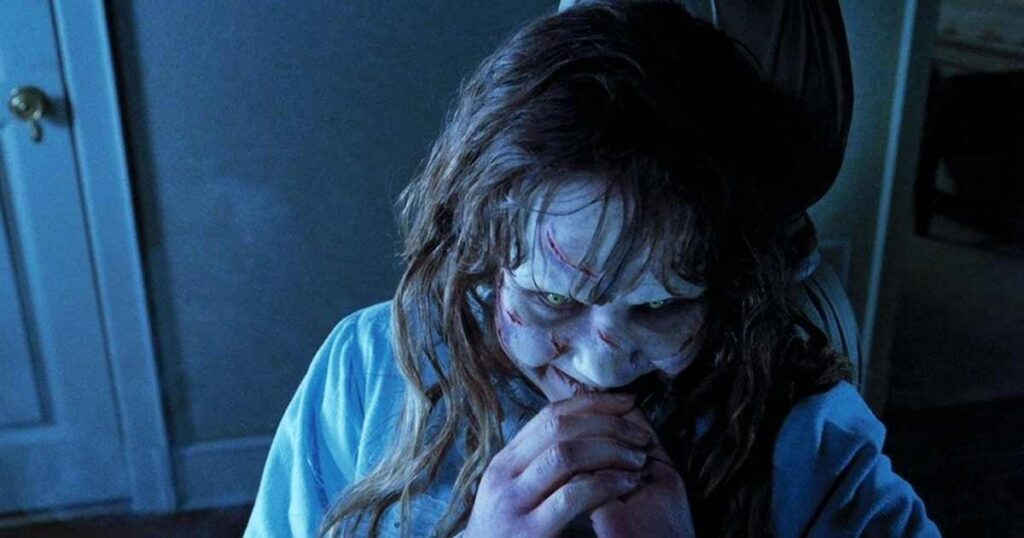Horror movies are no strangers to scandal, but The Exorcist? It practically invented it. William Friedkin’s 1973 shocker set new standards for controversy, sending waves through theaters worldwide. With the story of a young girl possessed by a demonic force, the film’s shocking content stirred enough outrage to get it banned in parts of the U.K. That move only fueled its forbidden appeal, helping it rocket to box-office superstardom.
Unlike any horror film, The Exorcist played up the drama, diving into themes that religious groups considered beyond offensive. The producers knew the storm they were wading into and leaned into it. Playing off its reputation, it excited the marketing by encouraging stories of people fainting and even suffering heart attacks in the theater. Audiences were both captivated and horrified, and the film quickly amassed a cult following, grossing over $400 million—$2.4 billion if adjusted for today’s inflation.
It wasn’t just the gore and terror that made The Exorcist so divisive, though. It arrived when movies were beginning to test the limits of censorship. The Hays Code, a stringent set of content guidelines, had been abolished only five years earlier in 1968, giving films like The Godfather and A Clockwork Orange the green light to push boundaries. British audiences, in particular, felt the shock of this new wave of unrestricted content. For them, The Exorcist wasn’t just a movie—it was a full-scale cultural tremor.
The content itself was raw. Scenes like the infamous crucifix sequence were taboo by any standard, and rumors of fainting, vomiting, and panic attacks quickly spread. And did you think the studio would be afraid of that? Nope. They embraced the chaos with an almost carnival-like enthusiasm. Taking a page from B-movie master William Castle’s book,
Friedkin and the team played into the hysteria, hinting that the movie was too much for the average viewer. It was a marketing ploy as shocking as the movie itself.
Still, The Exorcist did have its artistic defenders. The British Board of Film Classification (BBFC) recognized the film’s cultural weight and allowed it to play in theaters.
The marketing reached new heights with the trailer—a one-minute barrage of strobing images featuring Regan MacNeil’s possessed face. Warner Bros. pulled the trailer after early screenings reportedly led to physical reactions like vomiting. And that trailer? It’s still considered one of the creepiest ever, and it is now available on YouTube (but viewers beware—the flashing effects are intense).
By the time The Exorcist finished its theatrical run, the hype had turned into legend, with audiences around the world claiming it was the scariest film ever made. Its legacy endures, as does the controversy that helped define it. For Friedkin and Warner Bros., the backlash didn’t hurt—if anything, it pushed The Exorcist into the horror Hall of Fame.
For more such updates, check out Hollywood News.
Follow Us: Facebook | Instagram | Twitter | Youtube | Google News

